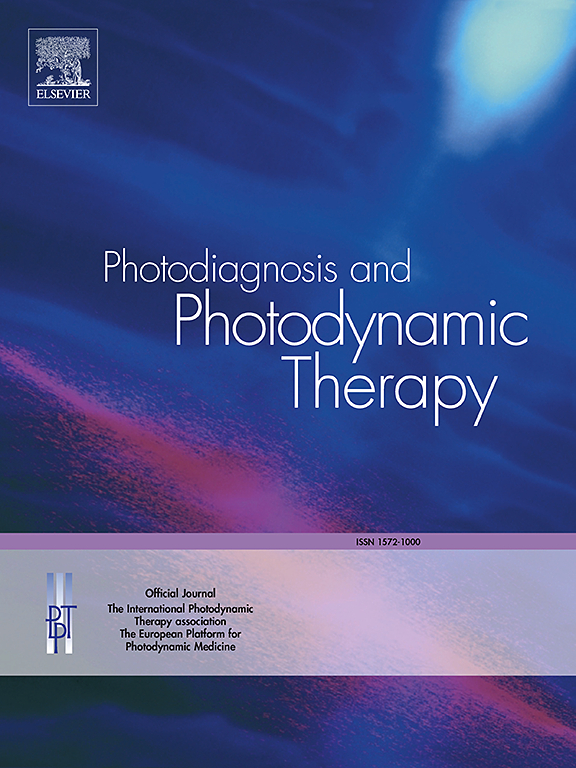Repeatability and agreement of three biometers measuring corneal keratometry and astigmatism in eyes with cataract and high myopia
IF 3.1
3区 医学
Q2 ONCOLOGY
引用次数: 0
Abstract
Background
Accurate ocular biometric measurements are essential for intraocular lens (IOL) power calculation and postoperative refractive assessment. Various diagnostic devices, including the IOL Master 700, OPD-SCAN III, and Pentacam Scheimpflug system, are commonly used to measure corneal curvature and astigmatism. However, discrepancies between these devices may exist, particularly in patients with high myopia. This study aimed to evaluate the agreement and interchangeability of keratometric (K1, K2) and astigmatism (AST) measurements obtained from these three devices in patients with cataracts and high myopia.
Methods
This cross-sectional study included 30 eyes from 30 patients with mild-to-moderate cataracts and high myopia. Each participant underwent keratometric measurements using the IOL Master 700, OPD-SCAN III, and Pentacam Scheimpflug system. Differences between devices were assessed using one-way ANOVA with Bonferroni’s post hoc test. Pearson’s correlation coefficients were calculated to assess inter-device correlations, and Bland-Altman plots were used to evaluate agreement and interchangeability.
Results
Strong correlations were observed among the three devices for K1 (r > 0.96, p < 0.001) and K2 (r > 0.95, p < 0.001) measurements, while AST showed slightly lower correlations (r > 0.77, p < 0.001). Significant differences were noted in K1 between Pentacam and the other two devices (p < 0.01), while K2 and AST exhibited varying degrees of disagreement. Bland-Altman analysis demonstrated narrow 95 % limits of agreement, but systematic differences were identified, particularly in AST measurements.
Conclusion
Despite strong correlations, significant inter-device differences suggest that keratometric and astigmatism measurements from these three devices are not fully interchangeable. Clinicians should be cautious when using different devices for preoperative assessments and IOL power calculations in patients with high myopia. Further research is needed to refine measurement algorithms and optimize clinical accuracy.
三种生物计测量角膜度数和散光在白内障和高度近视患者中的重复性和一致性。
背景:准确的眼部生物特征测量对于人工晶状体(IOL)度数计算和术后屈光评估至关重要。各种诊断设备,包括IOL Master 700, OPD-SCAN III和Pentacam Scheimpflug系统,通常用于测量角膜曲率和散光。然而,这些装置之间可能存在差异,特别是在高度近视患者中。本研究旨在评估这三种仪器在白内障和高度近视患者中获得的角膜屈光度(K1、K2)和散光(AST)测量结果的一致性和互换性。方法:对30例轻中度白内障和高度近视患者的30只眼进行横断面研究。每位参与者使用IOL Master 700、OPD-SCAN III和Pentacam Scheimpflug系统进行角膜测量。采用Bonferroni事后检验的单因素方差分析评估设备之间的差异。计算Pearson相关系数来评估设备间的相关性,使用Bland-Altman图来评估一致性和互换性。结果:三种设备测量K1 (r > 0.96, p < 0.001)和K2 (r > 0.95, p < 0.001)的相关性较强,而AST的相关性较低(r > 0.77, p < 0.001)。Pentacam与其他两种药物的K1有显著差异(p < 0.01),而K2和AST则有不同程度的差异。Bland-Altman分析显示95%的一致性限制,但确定了系统性差异,特别是在AST测量方面。结论:尽管有很强的相关性,但设备间的显著差异表明,这三种设备的角膜测量和散光测量并不能完全互换。临床医生在高度近视患者术前评估和人工晶状体度数计算时应谨慎。需要进一步的研究来完善测量算法和优化临床准确性。
本文章由计算机程序翻译,如有差异,请以英文原文为准。
求助全文
约1分钟内获得全文
求助全文
来源期刊

Photodiagnosis and Photodynamic Therapy
ONCOLOGY-
CiteScore
5.80
自引率
24.20%
发文量
509
审稿时长
50 days
期刊介绍:
Photodiagnosis and Photodynamic Therapy is an international journal for the dissemination of scientific knowledge and clinical developments of Photodiagnosis and Photodynamic Therapy in all medical specialties. The journal publishes original articles, review articles, case presentations, "how-to-do-it" articles, Letters to the Editor, short communications and relevant images with short descriptions. All submitted material is subject to a strict peer-review process.
 求助内容:
求助内容: 应助结果提醒方式:
应助结果提醒方式:


